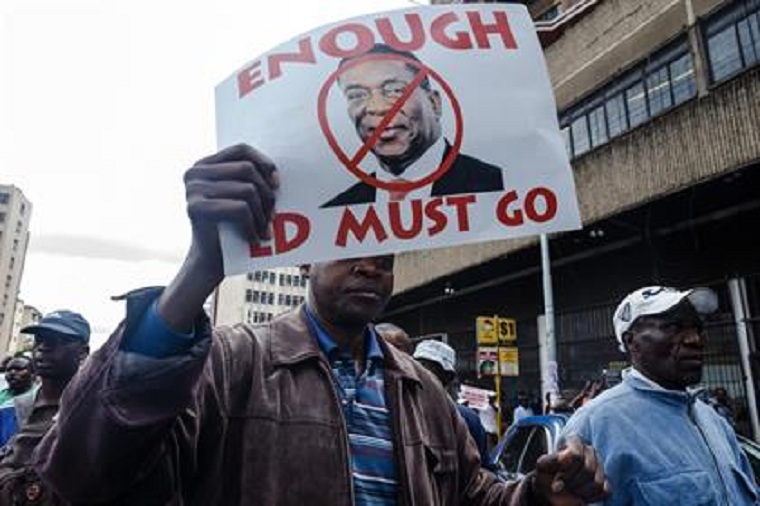Humanitarian/Economic Assistance
¶5. (c) To begin the process of economic recovery, we would strongly encourage a reformist transition government to modify/remove macroeconomic distortions by:
– adopting the Zimdollar’s floating (parallel) rate for exporters
– raising interest rates (currently over 150 percent negative) above inflation
– eliminating universal fuel and electricity subsidies
– reducing public borrowing and spending
– curtailing price controls
– disbanding the government’s grain monopoly
During the initial 6-12 month reform phase, we believe the Zimbabwean economy, currently shrinking by an annualized rate of 16 percent, will continue to recede. Zimbabweans will suffer as the country moves from an interventionist to market economy, triggering acute humanitarian needs. For that reason, we should supplement existing assistance efforts by immediately drawing upon $250 million in PL 480 funds for additional urban and rural feeding programs, contingent on agricultural policy reforms. From Disaster Assistance Funds, we suggest $6 million for water treatment/purification chemicals (covering approximately 6 months for Harare and Bulawayo), $20 million for seeds and other agricultural inputs, and $10 million for the national health system. Of the $10 million, channeled through USAID and the Centers for Disease Control and Prevention, we would devote $5 million to essential drugs, supplies and equipment, $3 million to anti-retroviral therapy (ARV) sustaining between 3,000 and 5,000 persons and $2 million to an integrated network of clinics for voluntary counseling and testing (VCT) and prevention of mother to child transmission (MTCT).
Financial Assistance
¶6. (c) A caveat: It is imperative the U.S. only provide financial support if the GOZ first moves aggressively to tear down the distortions cited above. It is not in the U.S. interest to broadly subsidize fuel or electricity consumption. For approximately a year, Libya’s Tamoil infused over $300 million into Zimbabwe through fuel donations, perpetuating macroeconomic distortions and stunting growth. The U.S. should not take over Libya’s role, as Zimbabwean businesses and consumers need to come to term with real-world tariffs. After the elimination of these subsidies, however, the U.S. could assist the GOZ to finance public transport and minimum-use electricity for low-income households. For this purpose, we propose an initial $60 million for a half-year through the PL480 or 416(b) programs, generating local currency through monetized food programs.
¶7. (c) In a reform environment, we also recommend OPIC and ExIm Bank consider loan guarantees for projects that promote US exports and shore up Zimbabwe’s dilapidated infrastructure (in spite of existing arrears – see next paragraph). This could involve badly-needed rejuvenation of General Electric locomotives at the National Railway of Zimbabwe, Caterpillar machines at coal-miner Wankie Colliery and Boeing jets at Air Zimbabwe. Furthermore, the country’s participation in African Growth and Opportunity (AGOA) sessions as an observer (with full admission following free and fair elections) would allow Zimbabwean firms to plan a reentry into the US market. (Most US-bound textile production here has migrated to AGOA countries.) We should also explore possibilities for including Zimbabwe in free trade negotiations with the Southern Africa Customs Union.
Continued next page
(619 VIEWS)


Pingback: Why Tagwirei is being targeted by US billionaire-funded media outlets – HourlyHits